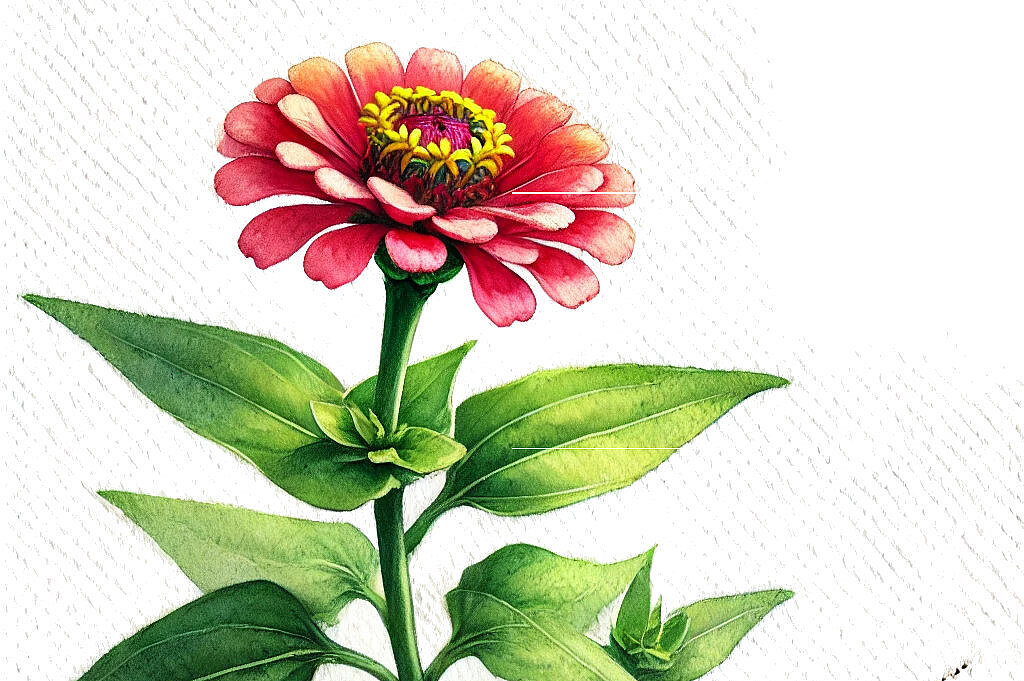Cosmeas

In the world of dog care and nutrition, we are constantly coming across new trends and natural products designed to improve the well-being of our four-legged friends. One of these natural wonders is the cosmea, a flower that is not only popular in gardens and as decoration, but can also play a role in dog care. But what exactly are cosmeas, and what benefits and drawbacks do they have in relation to dogs? This article dives deep into the subject and provides you with comprehensive information to help you make an informed decision about using cosmeas for your dog.
What are cosmos?
Cosmos are a genus of flowers that can be found in many gardens due to their bright colors and ease of care. They belong to the Asteraceae family and are native to Mexico, from where they have spread worldwide. Cosmas bloom in a variety of colors, including pink, white, red and purple, and can create a peaceful and natural atmosphere.
Benefits of cosmos for dogs
Natural beauty and relaxation
The presence of flowers and plants, including cosmos, can have a calming effect on dogs. The natural beauty and scent of cosmos can help to create a relaxing environment for your dog, which can be particularly useful for anxious or stress-prone dogs.
Potential health benefits
Although direct health benefits of cosmeas for dogs are less scientifically documented, some dog owners and naturopaths believe that certain plants, including cosmeas, may have indirect benefits for the health and well-being of dogs. These include improving air quality and possibly providing light, natural scents that can promote well-being.
Disadvantages and precautions
Toxicity
One of the biggest concerns when it comes to plants and dogs is toxicity. Fortunately, cosmeas are generally considered non-toxic to dogs. However, it is important to be cautious as ingesting large amounts of plant material can cause gastrointestinal distress. Make sure your dog does not nibble on the flowers or eat parts of them.
Allergies
Another aspect to consider is possible allergies. Although it is rare, some dogs can be allergic to pollen or plant components. Watch your dog for signs of allergies, such as excessive scratching, skin rash or other changes in behavior or health after coming into contact with cosmeas.
Environmental factors
It is also important to consider the environmental conditions in which cosmeas grow. Plants that have been treated with pesticides or other chemicals can be harmful to your dog if consumed. Therefore, if possible, choose organically grown cosmos or grow them yourself without the use of harmful substances.
Cosmos can be a wonderful addition to your garden and offer potential benefits for your home and your dog. Their vibrant colors and calming presence can create a pleasant environment for you and your four-legged friend. However, as with all plants that go near dogs, it's important to take precautions to ensure they don't cause any health problems. By choosing plants carefully and paying attention to your dog's health and behavior, you can create a safe and enjoyable environment for both of you.
If you notice any signs of hypersensitivity or poisoning in your dog, you should see your vet immediately. We are not a substitute for a vet, but we try to be as accurate as possible. Every dog reacts differently and we recommend you get a second opinion or consult your vet if in doubt.
Stay healthy and take good care of your four-legged friend!😊
Similar to Cosmeas
Calendula oil is produced by macerating calendula flowers (Calendula officinalis) in a carrier oil, such as olive oil or sunflower oil. This process extracts the active ingredients of the flowers,...
Zinnias belong to the Asteraceae family and are known for their vibrant colors and variety of flower shapes. Originally from Mexico, they have established themselves as popular ornamental plants in...
Dahlias are a genus of plants from the composite family. They originally come from Central America and were brought to Europe in the 18th century. Today, there are more than 20,000 different dahlia...
Rudbeckias belong to the Asteraceae family and are especially known for their bright flowers that bloom from late spring through fall. These perennial plants are native to North America and are...



